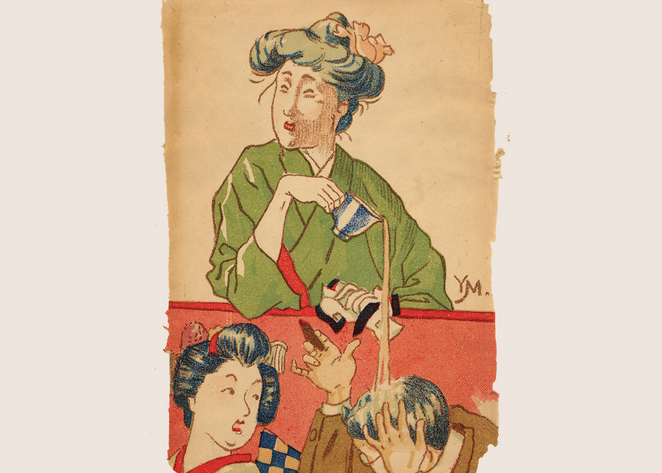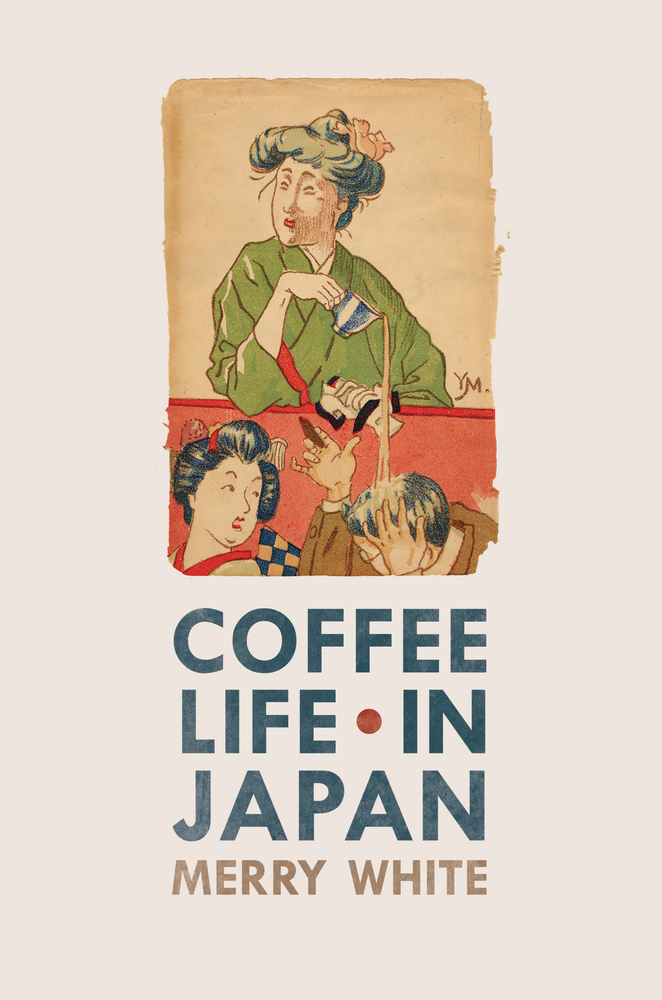Japan, the Other Nation of Coffee
Although Japan is more closely associated with tea, coffee and places to drink it permeate Japanese society.

© University of California Press
In her book Coffee Life in Japan, Merry White retraces Japan’s infatuation with coffee since the early 20th century, despite the country often still being known for its culture based around tea.
The professor of anthropology at Boston University looks back at the arrival of the first coffee beans in Japan, particularly via Portuguese missionaries from the 1500s onwards. She then explains how, in the late 1800s, Japanese coffee growers were sent by their company to work in coffee fields in Brazil, before Brazilian coffee traders began to make an increasing number of trips to Japan on business. A few years later, in 1900, the first coffee chain in the world, Café Paulista, was created in Japan with the support of the Brazilian government.
Cafés, places where people can be someone else
However, Coffee Life in Japan also addresses the topic of cafés, places the author describes as ‘third spaces’ that are not home, not work and not school.
‘Cafés are a bit like a stage set. You become a different person when you walk in. You become the person of that space. It’s a place to go to not be the person you are in other places’, she explains, before continuing: ‘A lot of cafés are a place to be private in public. Being alone and contemplative is valued. You don’t see a lot of laptops in Japanese cafés.’
From revolt to reverie
The reader discovers that cafés are not only places for solitary reveries, but also for debates and getting together as, in the 1930s and 1960s, they hosted gatherings of students who were participating in revolutionary movements. Coffee and cafés are therefore far more political than they first appear, and their evolution has drawn the outline of that of Japanese society with regard to social, gender and urban issues.
In the second part, Merry White presents the art of making Japanese coffee, particularly through the use of the siphon and the pour-over methods. She outlines the specific equipment involved in terms of its uses and, by way of a conclusion, draws up an annotated list of cafés for the reader to visit on their next trip to Tokyo or Kyoto. Before then, the essence of these typically Japanese cafés, known as kissaten, can be captured in the series Kissa by Kissa by photographer Craig Mod.
Coffee Life in Japan (2012), a book by Merry White published by University of California Press.

© University of California Press
TRENDING
-
The Tattoos that Marked the Criminals of the Edo Period
Traditional tattoos were strong signifiers; murderers had head tattoos, while theft might result in an arm tattoo.

-
Paris, Tokyo: Robert Compagnon
With his co-chef and talented wife, Jessica Yang, Robert Compagnon opened one of the top new restaurants in Paris: Le Rigmarole.
 3:31
3:31 -
Chiharu Shiota, Red Threads of the Soul
Last year, more than 660,000 people visited the retrospective 'Chiharu Shiota: The Soul Trembles' exhibit at the Mori Art Museum.

-
‘Before Doubting Others, Doubt Yourself. Who Can Truly Say a Dish Isn’t What It Used to Be?’
In ‘A Non-Conformist’s Guide to Surviving Society’, author Satoshi Ogawa shares his strategies for navigating everyday life.

-
The Story of Sada Yacco, the Geisha who Bewitched Europe
Described by Dazed magazine as the first beauty influencer, she has been restored to her former glory since 2019.





